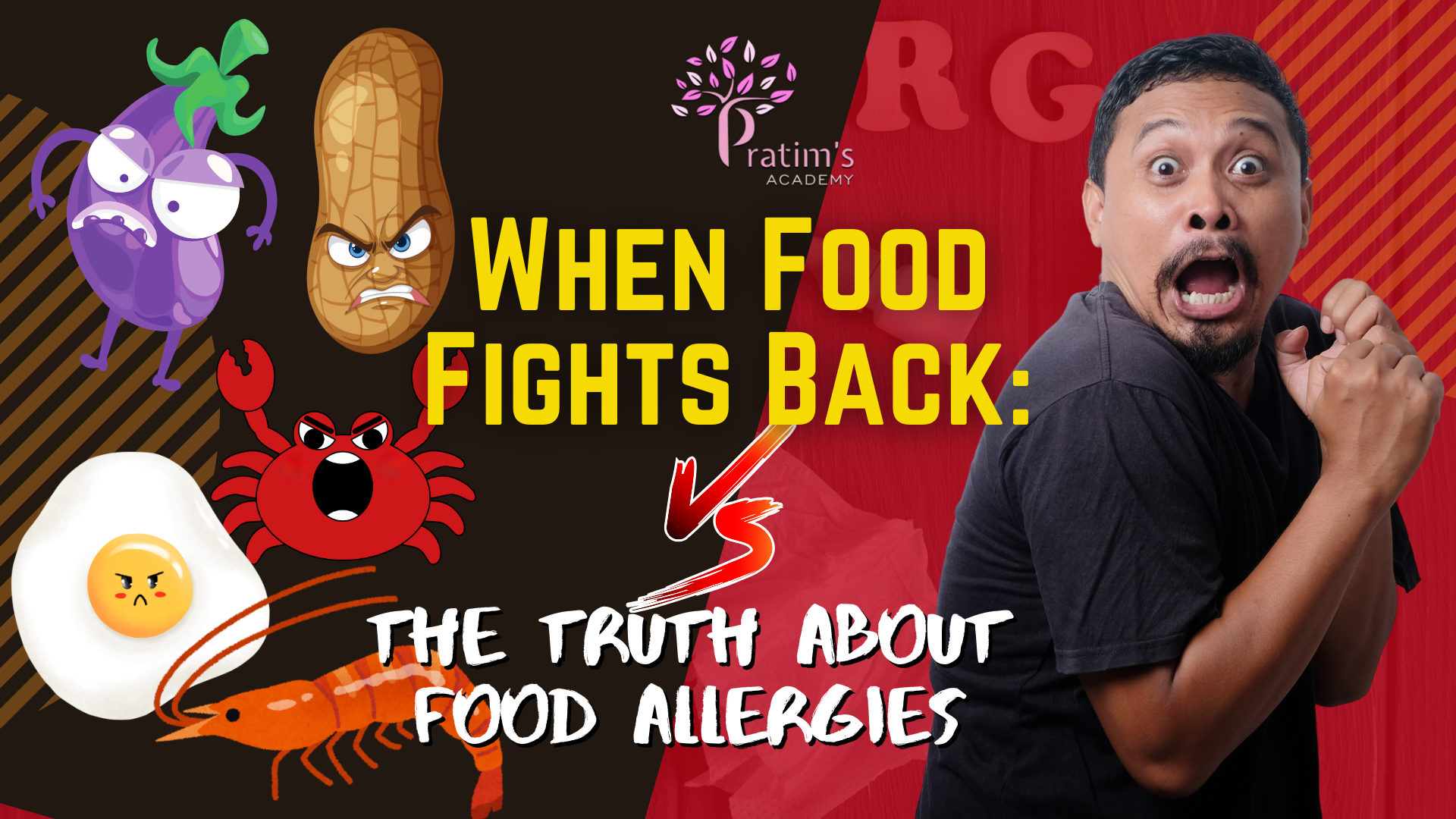
Ever taken a bite of something delicious only to feel your throat tighten or your skin break out in hives? You’re not alone — and it’s not just picky eating or sensitive digestion. Food allergies are your immune system sounding a false alarm, and the consequences can be life-threatening.
From school lunchrooms to five-star restaurants, millions are navigating a minefield of hidden ingredients. The science behind food allergies is fascinating — and a little terrifying. Why does your body suddenly turn against everyday foods like peanuts or eggs? Can allergies be outgrown? And is there hope on the horizon for a cure?

In this post, we’re diving into the research, the risks, and the real stories behind food allergies — from first symptoms to cutting-edge treatments. Whether you’re a parent, a patient, or just curious, you’ll want to read this before your next bite.
A food allergy is your immune system mistakenly treating a harmless food protein as a dangerous invader. Think of it as a false fire alarm — except this one sets off a cascade of chemical reactions, including the release of histamines, which cause symptoms ranging from mild itching to full-blown anaphylaxis.
The main culprit behind these reactions? An antibody called Immunoglobulin E (IgE). Once your body decides it hates peanuts (or milk, or shellfish), just a trace amount can unleash a major immune response.
Not all foods are equally dangerous for allergy sufferers. According to the FDA and decades of clinical research, 90% of food allergies come from just 8 foods:

In some countries, sesame is also now included as the 9th major allergen.
These allergens can sneak into everything from baked goods to salad dressings, making label reading a survival skill.
If you need guidance on food allergies, don’t hesitate to contact us.
Reactions vary, but the symptoms usually appear within minutes to two hours of eating the offending food. Here’s what to watch for:

A true food allergy diagnosis isn’t just about self-reporting. Doctors use a combo of methods, including:

Great question — and the scientific jury is still partly out. But researchers point to several likely suspects:
There’s no cure (yet), so management is key. That means:
Science is catching up. Researchers are exploring exciting frontiers, including:

Food allergies aren’t just inconvenient — they’re potentially life-threatening. But with growing awareness, better diagnostic tools, and cutting-edge treatments on the horizon, we’re entering a new era of allergy care.
So next time someone says, “It’s just a little peanut,” you’ll know — for some, that “little peanut” is a big deal.